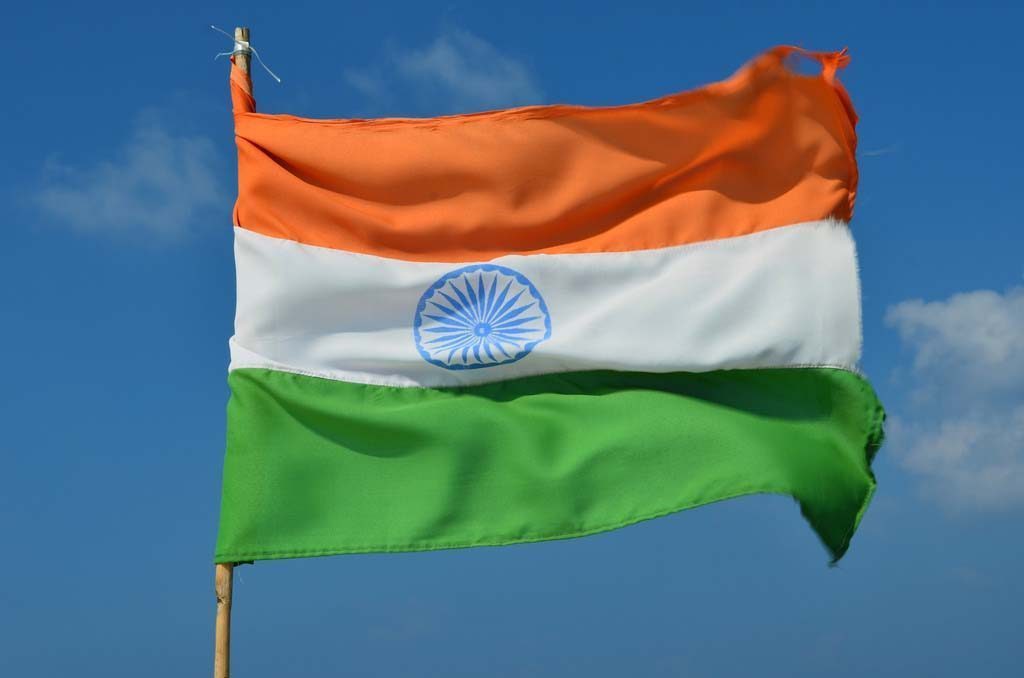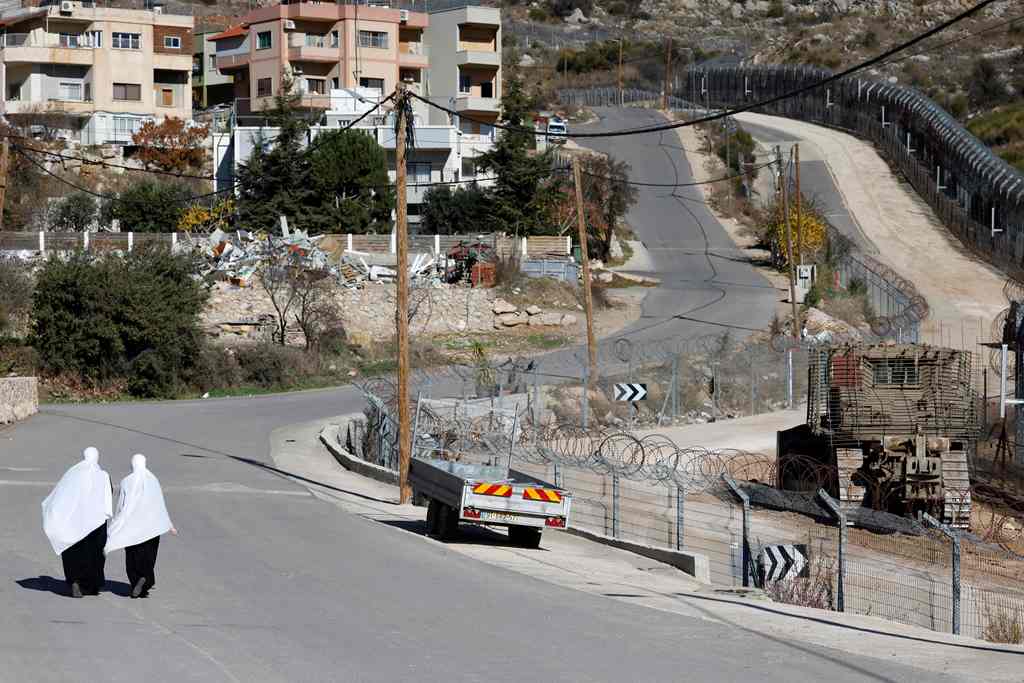
New reports disclosing that roughly 500 Indian citizens died in Qatar in the last two years are sparking fresh criticism of the Gulf country’s human rights record, even though it appears Indians are dying at a lower rate than the general population.
Earlier this week, French news service Agence France-Presse and British newspaper the Guardian reported the numbers, obtained from the Indian embassy. Their stories were picked up by dozens of media outlets around the world, even though much of the information was previously published by Qatar-based media late last year.
The figures include 237 deaths in 2012 and 241 last year. An additional 24 Indian nationals died in January 2014, according to the Guardian.
The causes of death were not disclosed. Experts told Doha News that the lack of information makes it difficult to determine the extent to which those fatalities are related to hazardous working conditions, exhaustion from overwork, crowded and unhygienic living accommodations or other maltreatment of migrant workers.
Eyes on Qatar
The plight of foreign laborers in Qatar has drawn increased scrutiny in recent years as the country embarks on a multibillion-dollar infrastructure building boom ahead of the 2022 World Cup.
The government has tried to convince its critics that it is taking the issue seriously and recently introduced new working and living standards for workers on World Cup construction sites.
Responding to this week’s media reports, Ali Bin Samikh Al-Marri, the chairperson of Qatar’s National Human Rights Committee, told AFP that the death rate of Indians in this country is “normal:”
“Indians make up the largest community in Qatar … twice the number of Qatari nationals. If we look at the numbers of Qataris who died … of natural causes … over the past two years, we see that numbers of deaths among the Indian community are normal.”
The Indian population in Qatar is estimated to total approximately 500,000 people. This means the mortality rate among Indians in Qatar last year was roughly 0.482 deaths per 1,000 individuals.
That’s significantly lower than the 1.54 deaths per 1,000 people for the overall population in Qatar – the lowest in the world, behind Bahrain, Kuwait and the UAE – documented in the CIA World Factbook.
On the surface, the mortality rate of Indians living in Qatar appears to be “a pretty low figure,” Zahra Babar, the associate director for research at Georgetown University School of Foreign Service in Qatar, told Doha News.
Other communities
The recently published figures on Indian fatalities in Qatar follows revelations last month by the Pravasi Nepali Coordination Committee that 185 Nepalis died in Qatar in 2013.
With a population of roughly 400,000, that works out to an approximate mortality rate of 0.4625 per 1,000.
While that’s lower than the comparable figures for the Indian community, there are several differences.
First, the Nepalese population in Qatar is much more concentrated in construction and other low-skilled sectors where human rights abuses are commonly documented.
Secondly, many of the deaths were said to be due to cardiac problems in young men, something observers attribute to long workdays in high temperatures without adequate food or water.
Such information is not available to put the number of Indian deaths in context.
Demographic picture
A spokesperson at the Indian embassy could not answer questions from Doha News about how the nationals died.
He did say that it is not mandatory for his country’s foreign workers to register with the embassy, making official figures on the makeup of the Indian community in Qatar – generally estimated to total roughly a half-million people, or one-quarter of the country’s population – incomplete.
Similarly, Babar – whose research specialities include migration in the Gulf – said information kept by Qatar’s Ministry of Labor doesn’t easily create a clear demographic picture of Indians in Qatar.
Anecdotally, she said the local Indian population is concentrated in the construction sector and other low-income jobs. However, there are also thousands of individuals working in administrative roles as well as other professional and semi-professional positions, she added.
These observations are backed up by a 2012 research paper published by the Université de Poitiers in France titled “Qatar’s ‘White-collar’ Indians.”
Author Radhika Kanchana said between 60 to 70 percent of Indians in this country work in construction or other low or unskilled positions. The rest are in professional or white-collar occupations, she wrote.
This raises the possibility that a proportion of the deaths recorded by the Indian embassy were unrelated to the individuals’ living or working conditions, given the generally non-hazardous office environments in which tens of thousands of Indians living in Qatar spend each day.
The Peninsula, citing unnamed sources in India’s External Affairs Ministry, reported that 13 of the 237 deaths in 2012 occured on worksites in Qatar. It added that last year, 14 of the 241 deaths of Indians in Qatar occurred on worksites.
‘Worrying’ figures
The absence of official information about the deaths should make it hard to characterize the mortality rate as “normal,” Nicholas McGeehan, a researcher with Human Rights Watch, told Doha News.
He called the recently released figures “extremely concerning (and) worrying,” especially given the evidence documented by HRW and other organizations about the susceptibility of workers employed in labor-intensive sectors such as construction.
McGeehan said he would like the governments of all countries that send migrant workers to Qatar to take a closer look at the deaths of its citizens in the Gulf country.
He also called on the Qatar government to investigate all expat worker fatalities to see if their death is related to living or working conditions.
For its part, Qatar’s Ministry of Labor and Social Affairs said in a statement published by the Guardian that it is working to understand the causes of the deaths recently cited in the media.
“One death is one death too many, and we treat these allegations with the utmost seriousness.”
Thoughts?







